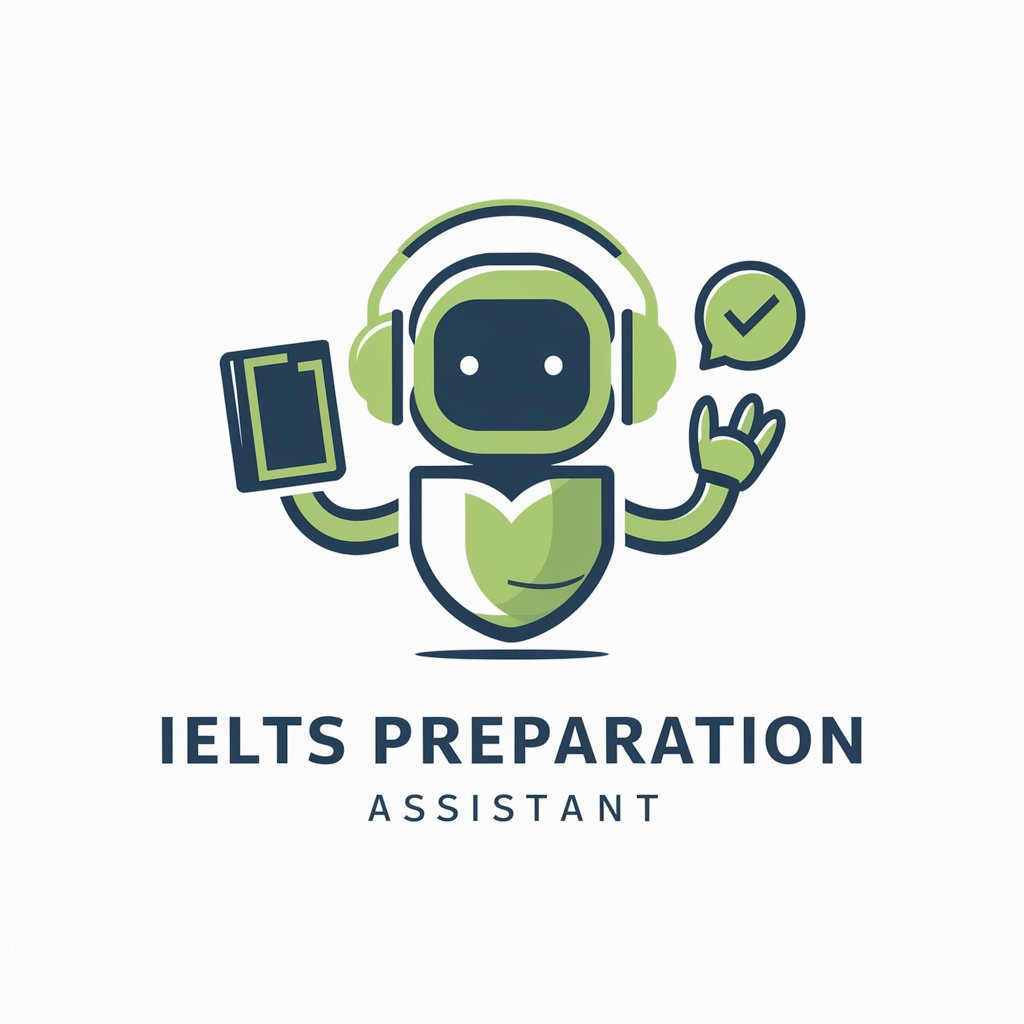5 GPTs for Fluency Training Powered by AI for Free of 2025
AI GPTs for Fluency Training are advanced tools that leverage Generative Pre-trained Transformers to offer tailored solutions in language learning and communication enhancement. These tools are designed to help users improve their fluency in a new language or refine their communication skills. By utilizing machine learning and natural language processing, GPTs can simulate conversation, provide feedback, and adapt to the user's skill level, making them ideal for a wide range of fluency training applications.
Top 5 GPTs for Fluency Training are: Speaking with professor Emma - Your Private Tutor,Vocabulary Builder - Language Learning,IELTS SpeakMaster,IELTS Preparation Assistant,Part Two Band 9
Speaking with professor Emma - Your Private Tutor
AI-powered language learning and correction.

Vocabulary Builder - Language Learning
AI-powered vocabulary and fluency builder.

IELTS SpeakMaster
AI-powered speaking coach for IELTS success

IELTS Preparation Assistant
AI-Powered IELTS Mastery

Part Two Band 9
AI-powered IELTS Speaking Mastery

Distinctive Attributes and Functions
AI GPTs for Fluency Training stand out due to their adaptability and the breadth of functionalities they cover. From basic language learning aids to advanced conversational interfaces, these tools can be tailored to suit the user's needs. Special features include interactive language exercises, real-time correction of grammar and pronunciation, personalized learning pathways, and the ability to understand and generate human-like text. Additionally, capabilities such as technical support, web searching, image creation, and data analysis enhance the learning experience.
Who Benefits from AI GPTs in Fluency Training
The primary beneficiaries of AI GPTs for Fluency Training include language learners at all levels, from novices to advanced speakers, as well as professionals seeking to improve their communication skills. These tools are also invaluable for educators and developers looking to integrate advanced AI into language learning curriculums. With user-friendly interfaces, they are accessible to individuals without programming skills, while also offering customization options for those with technical expertise.
Try Our other AI GPTs tools for Free
Figma Application
Discover how AI GPTs for Figma transform design workflows with intelligent automation, fostering innovation and efficiency in every project.
UI Assistance
Discover how AI GPTs for UI Assistance can revolutionize your design process with dynamic, AI-powered tools tailored for efficient, creative UI development.
Public Visualization
Discover how AI GPTs for Public Visualization transform complex data into engaging visuals, making information accessible to all. Ideal for novices and professionals alike.
User Planning
Discover how AI GPTs revolutionize User Planning with personalized, efficient solutions. From beginners to professionals, these tools offer strategic planning capabilities tailored to your needs.
Program Simulation
Discover AI GPTs for Program Simulation, transformative tools that simplify coding, enhance productivity, and predict software outcomes with remarkable accuracy. Ideal for novices and professionals alike.
Project Illustration
Discover AI GPT tools for Project Illustration, designed to transform your project presentations with tailored text, images, and data analyses. Enhance creativity and efficiency effortlessly.
Extended Perspectives on Customized Solutions
AI GPTs function as versatile solutions across various sectors, particularly in language learning and communication training. They offer a blend of user-friendly interfaces and advanced capabilities, making it possible to integrate these tools into existing systems or workflows with ease. Their adaptability and the depth of customization available allow for a broad application in educational, professional, and personal development contexts.
Frequently Asked Questions
What exactly are AI GPTs for Fluency Training?
AI GPTs for Fluency Training are specialized AI tools designed to help individuals improve their language fluency and communication skills through interactive and adaptive learning experiences.
How do AI GPTs customize the learning experience?
These tools use machine learning to adapt to the user's language level and learning style, providing personalized feedback and tailored exercises to improve fluency.
Can beginners use AI GPTs for Fluency Training?
Yes, beginners can greatly benefit from these tools, as they are designed to accommodate all skill levels with adjustable difficulty settings and foundational language exercises.
Are there advanced features for experienced learners?
Absolutely, advanced learners can engage with complex language tasks, nuanced conversation simulations, and specialized vocabulary to refine their fluency.
How can educators integrate AI GPTs into their curriculum?
Educators can incorporate these AI tools into language learning programs as interactive learning aids, providing students with additional practice and personalized feedback outside the classroom.
Do AI GPTs for Fluency Training support multiple languages?
Yes, many of these tools are designed to support multiple languages, offering learners a wide range of options for language study.
Can users without coding skills customize these AI GPTs?
Yes, these tools often come with user-friendly interfaces that allow non-technical users to customize the learning experience without any coding knowledge.
What technical requirements are needed to use AI GPTs for Fluency Training?
The primary requirement is a compatible device with internet access, as most of these tools are cloud-based and accessible through web browsers or mobile apps.